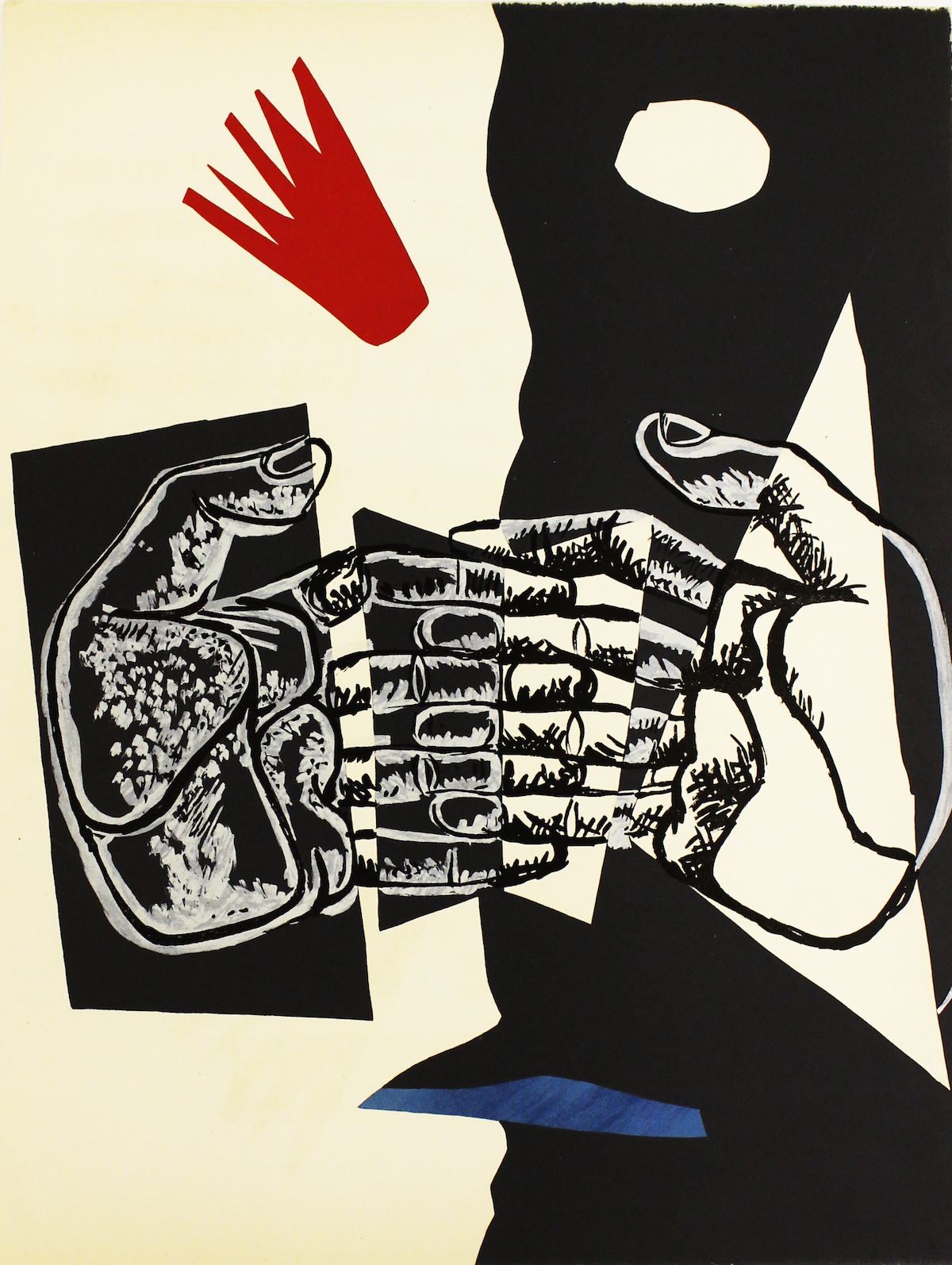Flexion/Abduction: In anatomy, Flexion is movement whereby bones or other objects are brought closer together, for example, flexion of the arm involves the forearm being brought closer to the arm — note that flexion occurs only along the sagittal plane, that is, from the forward to backward direction, and not side-to-side direction, which would be called abduction, flexion thereby decreases the angle between the bones of the limb at a joint.
— Form of Theory in Classical Hindu Architecture, 1994., faux quotations after Deleuze, The Fold and Bergsonism.
Abduction is a motion that pulls a structure or part away from the midline of the body (or, in the case of fingers and toes, spreading the digits apart, away from the centerline of the hand or foot). Abduction of the wrist is called radial deviation. Raising the arms to the sides is an example of abduction.
In opposition to the understanding of architecture as taxonomia, or a habit of classifying — and naming — things that distract us from the architectural, there exists an organic diagramme of forces: a mechanical-animal amongst the virtualities of the architectural (after all, Architecture as well has materiality only inasmuch as it is apprehensible to the senses) and the actualities of thinking about architecture. There is the one hand, the building — a ‘decomposition of bending moments or of flexions where numerical division is only the condition of morphogenetic movements’ and on the other, the formation of an organism ‘increasingly probable and natural when an infinity of intermediate states is given’. A multiplicity may be formed and it is here, if ever, that a theory of architecture becomes tenable, it will resemble somewhat a Mathesis universalis (μάθησις) which is by itself a flexical process.
… and their interlocking fingers
express this right and
this left unrelentingly
unified and so necessary
to reconciliation.
The only possibility of survival
offered to life
…

Footnotes
- Image and poem excerpt from Le Corbusier, A.5 in A. Milieu/Environment, The Poem of the Right Angle/Le Poeme de l’Angle Droit, 1947-’53.

